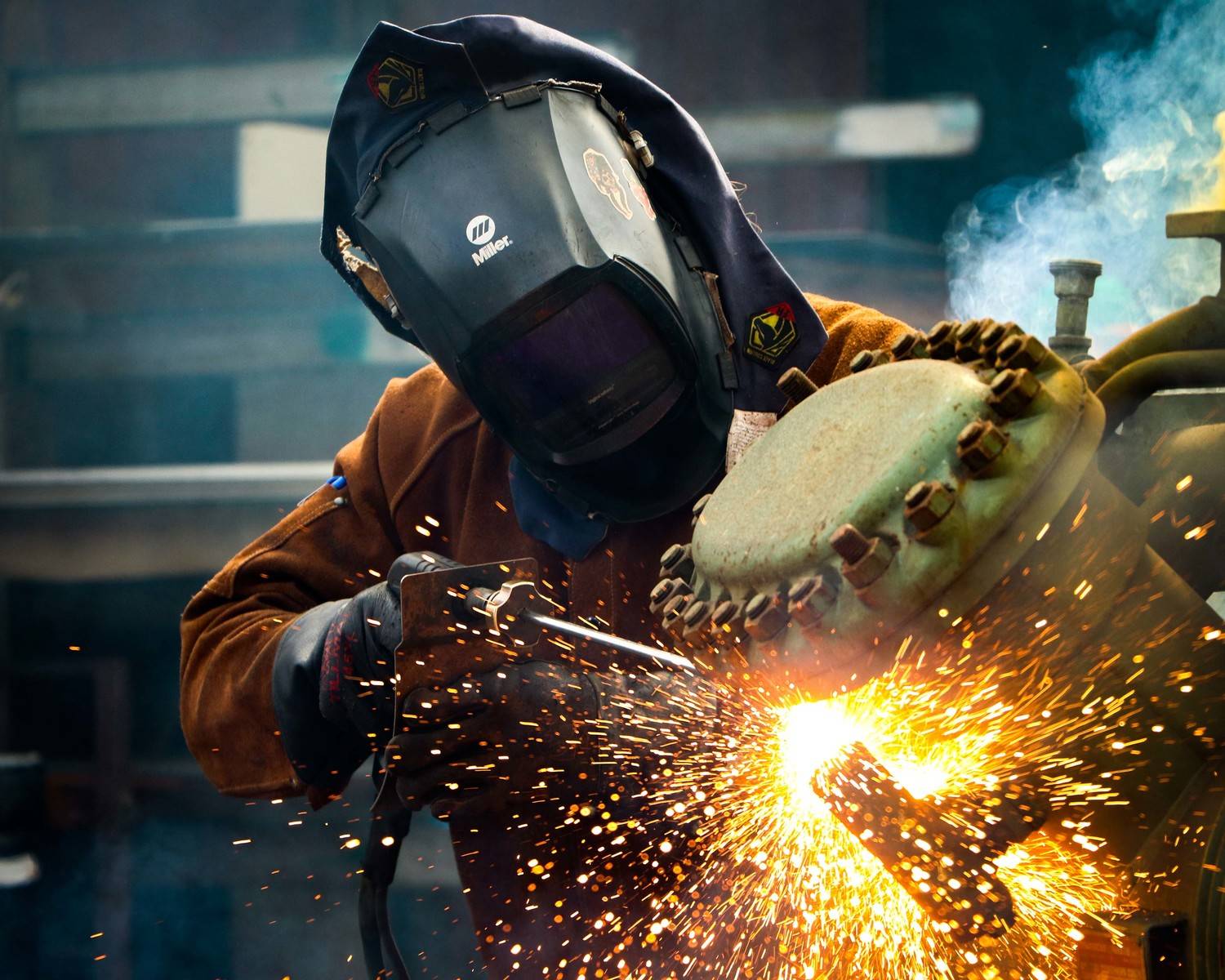Creating a Welding WPS: Step-by-Step Directions for Professionals
Creating a Welding WPS: Step-by-Step Directions for Professionals
Blog Article
Getting Welding Quality: Revealing the Secrets of WPS Application and Optimization
In the world of welding, accomplishing quality is a quest that depends upon the careful execution and optimization of Welding Treatment Requirements (WPS) These fundamental papers function as the foundation of welding procedures, dictating the procedures and parameters necessary for producing top notch welds regularly. However, the keys to unlocking the full capacity of WPS exist not just in comprehending its value but likewise in grasping the complexities of its implementation and optimization. By diving right into the crucial elements, techniques, challenges, and best techniques connected with WPS, a world of welding excellence awaits those who are eager to discover its depths.
Importance of WPS in Welding
The Significance of Welding Procedure Specifications (WPS) in the welding industry can not be overemphasized, serving as the foundation for guaranteeing uniformity, high quality, and security in welding operations. A WPS supplies comprehensive guidelines on how welding is to be brought out, including important variables such as products, welding processes, joint design, filler steels, preheat and interpass temperatures, welding currents, voltages, traveling speeds, and a lot more. By adhering to a well-defined WPS, welders can keep uniformity in their job, resulting in regular weld quality throughout various projects.

Crucial Element of WPS
Reviewing the indispensable elements of a welding procedure requirements (WPS) is essential for comprehending its role in welding procedures. A detailed WPS includes several crucial elements that assist welders in attaining high quality and uniformity in their work. One crucial aspect of a WPS is the welding procedure spec, which outlines the certain welding processes to be made use of, such as gas tungsten arc welding (GTAW) or shielded metal arc welding (SMAW) In addition, the WPS includes information on the welding products, such as the type and specifications of the base steel and filler steel to be utilized. The WPS additionally specifies necessary variables like welding specifications, interpass and preheat temperature demands, and post-weld warmth treatment procedures. In addition, it includes info on joint layout, fit-up, and any type of unique techniques or preventative measures required for the welding procedure. By incorporating these crucial elements into the WPS, welding treatments can be standard, making sure quality, performance, and security in welding procedures.
Approaches for WPS Optimization

Second of all, training and qualification of welding workers according to the details requirements of the WPS is extremely important. Supplying comprehensive training programs and making sure Get More Information that welders are certified to perform procedures outlined in the WPS can cause better welds and decreased rework.
Furthermore, leveraging modern technology such as welding software and monitoring systems can help in maximizing WPS. These tools can assist in tracking variables, making sure criteria are within defined limits, and providing real-time comments to welders, allowing them to make prompt adjustments for improved weld quality.
Common Difficulties and Solutions
Encountering obstacles in carrying out the approaches for WPS optimization can hinder welding operations' efficiency and high quality. One typical challenge is poor training or understanding of the welding treatment requirements (WPS) amongst the welding group. This can cause incorrect implementation of welds, leading to problems and remodel. To address this, extensive training programs ought to be executed to guarantee that all welders excel in using and analyzing WPS properly.
One more challenge is the absence of appropriate paperwork and record-keeping, which is important for WPS optimization. Without clear records of welding criteria, products used, and inspection outcomes, it becomes difficult to determine locations for improvement and make certain uniformity in welding processes. Implementing a robust paperwork system, such as digital welding administration software application, can assist improve record-keeping and facilitate information analysis for continual enhancement.
Additionally, inconsistent welding tools calibration and maintenance can posture a considerable challenge to WPS optimization. Routine equipment checks, calibration, and upkeep routines need to be stuck to strictly to make certain that welding specifications are properly managed and kept within the specified tolerances (welding WPS). By attending to these common obstacles with positive remedies, welding operations can improve efficiency, high quality, and overall welding excellence
Best Practices for WPS Application
To make certain successful WPS application in welding procedures, adherence to industry requirements and careful focus to detail are vital. When initiating WPS application, it his response is critical to start by completely understanding the specific welding requirements of the project. This entails a detailed testimonial of the welding procedure specs, materials to be welded, and the ecological problems in which the welding will happen.
When the demands are clear, the following action is to pick the ideal welding procedure that aligns with these specifications. This includes consulting the relevant codes and standards, such as those offered by the American Welding Society (AWS) or the International Organization for Standardization (ISO), to make sure conformity and top quality.
Additionally, documenting the entire WPS implementation process is crucial for traceability and quality assurance. Comprehensive records page must be maintained relating to welding criteria, product prep work, interpass and preheat temperature levels, welding consumables made use of, and any type of variances from the initial procedure. Routine audits and reviews of the WPS can help determine areas for improvement and make certain recurring optimization of the welding procedure.


Verdict
In conclusion, the application and optimization of Welding Procedure Specs (WPS) is critical for achieving welding excellence. By comprehending the key aspects of WPS, executing efficient strategies for optimization, resolving common difficulties, and adhering to finest techniques, welders can guarantee top quality welds and secure working conditions. It is vital for specialists in the welding sector to focus on the correct application of WPS to boost overall welding performance and attain desired outcomes.
The Significance of Welding Procedure Specs (WPS) in the welding industry can not be overemphasized, offering as the foundation for making certain uniformity, top quality, and security in welding operations. A WPS offers in-depth guidelines on exactly how welding is to be lugged out, consisting of essential variables such as materials, welding processes, joint design, filler metals, interpass and preheat temperatures, welding currents, voltages, travel rates, and extra. One crucial element of a WPS is the welding procedure spec, which details the particular welding processes to be used, such as gas tungsten arc welding (GTAW) or protected steel arc welding (SMAW) By including these key elements right into the WPS, welding treatments can be standard, making sure high quality, performance, and security in welding operations.
It is necessary for professionals in the welding sector to focus on the appropriate execution of WPS to boost total welding efficiency and attain preferred results.
Report this page